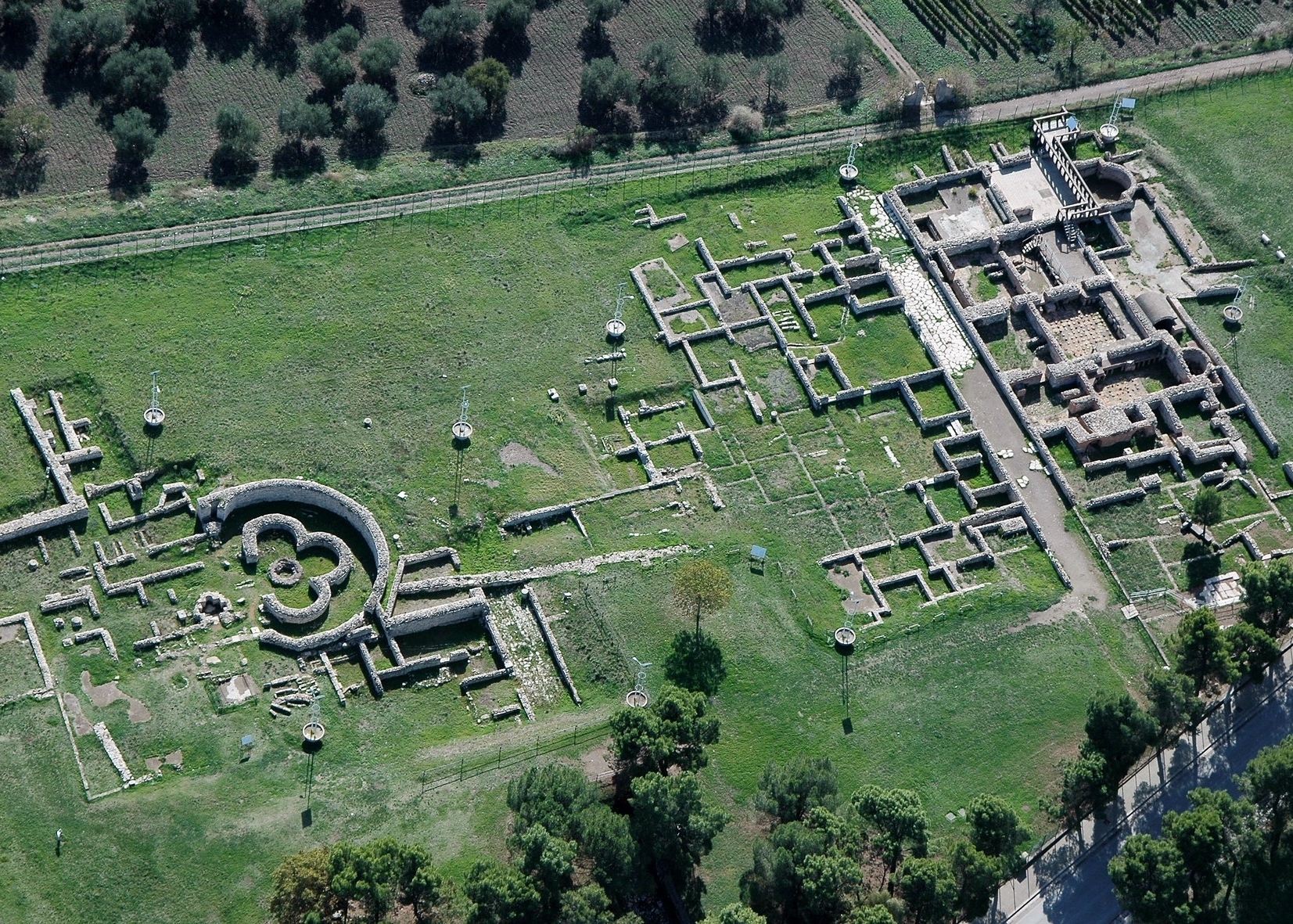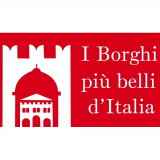
 I borghi più belli d'Italia
I borghi più belli d'Italia
Italian little Italies: Venosa, the City of Horace
- WTI Magazine #98 Dec 17, 2017
-

 I borghi più belli d'Italia
I borghi più belli d'Italia
In the Archaeological Park one can visit the Roman baths, remains of private Roman houses (domus) and the amphitheatre. Archaeological excavations have also brought to light a patrician house of the 1st century AD, called “the House of Horace,” Jewish catacombs containing a series of hypogei discovered in 1853 (the presence of a large Jewish community is attested to by numerous epigraphic and artistic remains), as well as a Palaeolithic site dating to a time period 600,000-300,000 years ago.
Little of the Longobard castle remains, while the massive structure of the Aragonese castle, begun in 1470 by Pirro del Balzo, still watches over the daily life of this ancient village. On the western tower the del Balzo coat of arms can be seen, depicting a blazing sun. This rugged castle, with its four cylindrical towers, was later transformed into a elegant residence by the Gesualdo family, particularly Carlo, who was defined by Torquato Tasso “the Prince of Musicians,” and by Carlo’s son Emanuele. Those rooms which echoed with Carlo’s wonderful madrigals also hosted, towards the end of Carlo’s life, the refined intellectual court of the “Academy of the Rinascenti” (1612).
But the true symbol of Venosa is the Unfinished Church of the Trinity, an evocative symphony in stone, which seduces the observer by its very incompleteness. In 1915 Norman Douglas wrote in his travel diary Old Calabria: “The city’s greatest architectural beauty is the Benedictine Abbey of the Trinity, now in ruins... The ruin is a place of rare enchantment: it is not easy to find relics of Roman, Jewish and Norman life crammed into such a small area, held together by the massive but beautiful architecture of the Benedictines while at the same time permeated by a Mephistophelian spirit of modern indifference”.
The abbey complex of the Most Holy Trinity, of which the Unfinished Church is part, unfolded over many centuries. It was begun in the 5th century, when the Old Church (Chiesa Vecchia) was constructed upon the remains of a Roman temple. The Longobards added the first Benedictine monastery in 942, which was subsequently enlarged by the Normans.
The abbey become one of the most important in the South, and when the Benedictine abbots found it insufficient for their liturgical needs, a large-scale extension was planned, perhaps in order to create a single, immense basilica. Once the external walls and part of the colonnade had been erected, however, the New Church (Nuova Chiesa), following the changing fortunes of both the Benedictine order and of the historical era in general, ended up unfinished.
Among Venosa’s many churches there is also the Cathedral of Sant’Andrea, with its nave and two aisles modulated by pointed arches, begun in the second half of the 1600s, the 17th-century Church of San Filippo Neri, and the famous church dedicated to San Rocco in recognition of his having liberated the city from the plague of 1503. Abounding in artistic fountains, among the most beautiful are the Angevin (1228), that of Messer Oto (1313) and the 15th-century San Marco fountain.
Venosa also boasts examples of splendid civic architecture. The most remarkable include the 18th-century Palazzo Calvino, with its elegant façade, the Palazzo del Balì, begun in the 14th century, seat of the religious order of the Knights of Malta, Palazzo Dardes and Palazzo Lauridia, both 18th-century constructions, and the imposing Palazzo Rapolla, which dates to the second half of the 17th century.
The name
There are various hypotheses regarding the origin of its ancient name, Venusia. The most widely accepted holds that the city was founded in honour of Venus, the goddess of love. Others attribute its origin to the village’s abundant and delicious wines (vinosa), others to its many “veins” of water, while yet others theorise that the name refers to the town’s windy climate (ventoso).
The Romans gave the village its name in 291 BC when, after wrenching it from the Samnites, they made it a Roman colony. According to some, Venus derives from Benoth, the Phoenician name for Venus.
The product
Aglianico del Vulture. Horace himself sang the praises of this red wine: “savoured by the mind and drunk by the heart,” said the poet, “giving comfort and joy to life”. The wine has a delicate scent of violets and a lovely ruby red colour which with ageing becomes tinged with orange overtones.
The recipe
Strascinati, a home-made pasta with tomato sauce and seasoned ricotta cheese grated on top. Other specialities include lagane and chickpeas, and tagliatelle with chickpeas cooked in the characteristic pignata (clay pot).